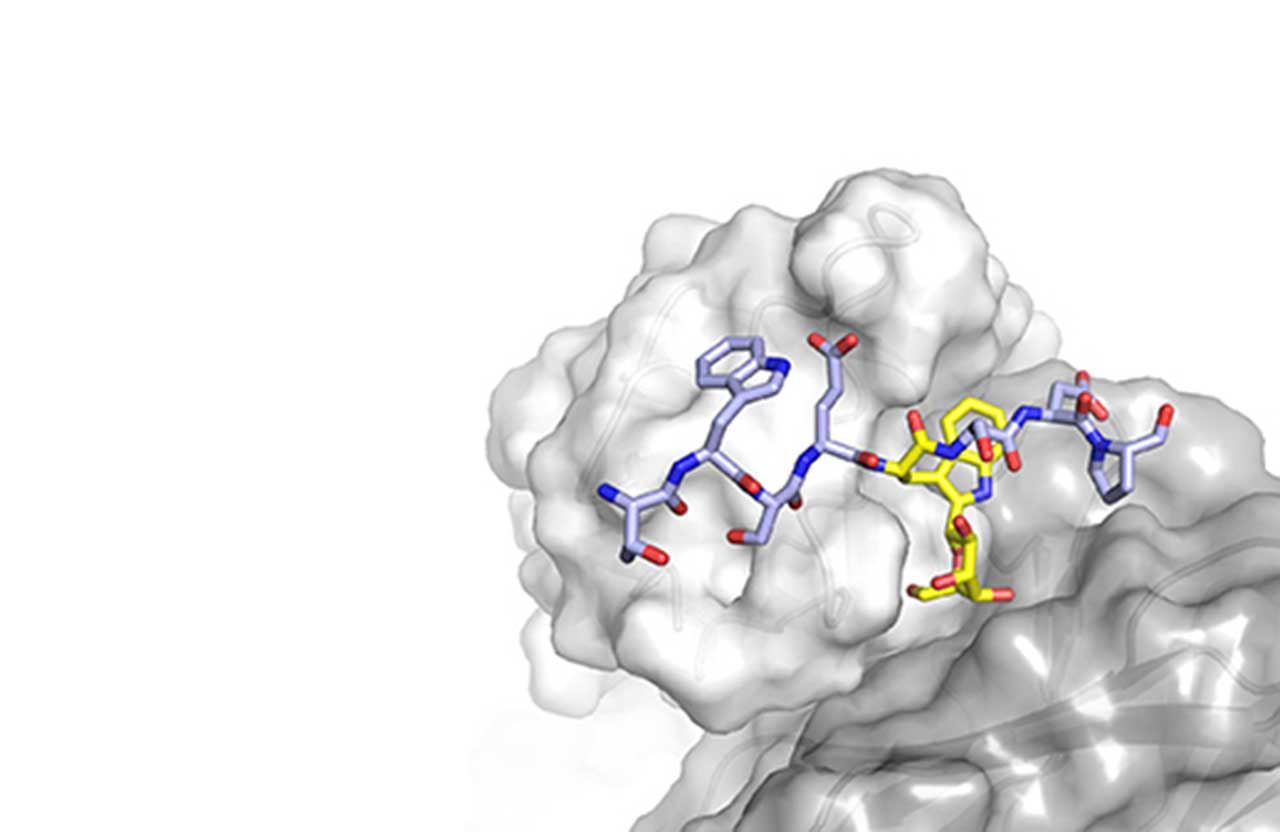
In the process of glycosylation, proteins are modified with sugars. Almost 90% of the proteins on the surface of human cells and half of the cells’ total proteins are modified with sugars.
These modifications can go from the addition of a single sugar to long, complex polymer chains. They’ve been depicted as the ‘dark matter’ of biology because their distribution, variability, and biological functions are, generally, not surely known.
Scientists are making concerted efforts to understand better the roles that glycosylation plays in health and disease. Several diseases feature aberrant cellular glycosylation.
These changes may lead to new therapeutic strategies. Although, a better comprehension of what constitutes ‘normal’ glycosylation is essential to develop further drugs targeting protein glycosylation.
Associate Professor Goddard-Borger said, “It’s a scenario that is akin to the ‘dark matter’ of the universe: we know that all of this protein glycosylation exists in the body, but we don’t fully appreciate its composition and function.”
This latter protein modification is particularly poorly understood. So the scientists from Walter and Eliza Hall Institute have recently described new tools and methods to study an unusual protein modification and gain fresh insights into its roles in human health and disease.
Associate Professor Goddard-Borger said, “We’ve developed methods that will enable researchers to easily install this unusual modification on nearly any protein they want, allowing them to investigate its effect on protein stability and function.”
“In this work, we’ve shown that a common feature of tryptophan C-mannosylation is that it stabilizes proteins. Diverse, unrelated proteins all appear to be more stable once modified. However, we’ve also demonstrated for the first time that some proteins’ functions can be modulated by tryptophan C-mannosylation’. There is much left to learn about this process, and now we have the means to perform these studies.”
“The tools we developed also enable the abundance of this poorly understood protein modification to be determined in healthy and diseased tissues, which will fortify efforts by scientists around the world to map and understand protein glycosylation in health and disease.”
“The methods we describe combine state-of-the-art mass spectrometry techniques with recombinant antibody tools generated at WEHI.”
“We’ve reported some unexpected results regarding the prevalence of this modification in healthy brain tissue. At present, we are extending this to map the modification across most tissues in the body to understand better the biology of this weird and wonderful form of protein glycosylation, as well as its role in cancer and muscular dystrophies.”
This research was funded by the Brian M Davis Charitable Foundation, the Australian National Health and Medical Research Council, and the Victorian Government.
Journal Reference:
- Alan John, Michael A. Järvå, Sayali Shah, Runyu Mao, Stephane Chappaz, Richard W. Birkinshaw, Peter E. Czabotar, Alvin W. Lo, Nicholas E. Scott, Ethan D. Goddard-Borger. Yeast- and antibody-based tools for studying tryptophan C-mannosylation. Nature Chemical Biology, 2021; DOI: 10.1038/s41589-020-00727-w
Continue reading Exploring dark matter of biology on Tech Explorist.
0 comments:
Post a Comment